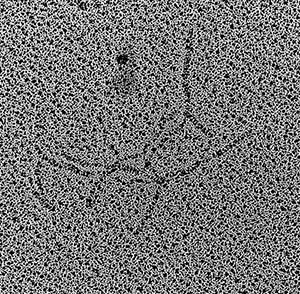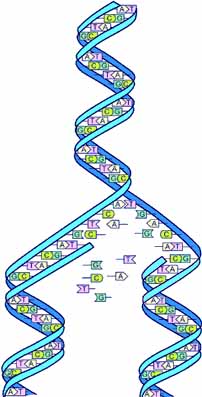

Ancient DNA is DNA isolated from ancient specimens. It can be also loosely described as any DNA recovered from biological samples that have not been preserved specifically for later DNA analyses. Examples include the analysis of DNA recovered from archaeological and historical skeletal material, mummified tissues, archival collections of non-frozen medical specimens, preserved plant remains, ice and permafrost cores, Holocene plankton in marine and lake sediments, and so on. Unlike modern genetic analyses, ancient DNA studies are characterized by low quality DNA.
This places limits on what analyses can achieve. Furthermore, due to degradation of the DNA molecules, a process which correlates loosely with factors such as time, temperature, and presence of free water, upper limits exist beyond which no DNA is deemed likely to survive. Allentoft et al (2012) tried to calculate this limit by studying the decay of mitochondrial and nuclear DNA in Moa bones. The DNA degrades in an exponential decay process. According to their model, mitochondrial DNA is degraded to 1 base pair after 6,830,000 years at -5°C. Nuclear DNA degrades at least twice as fast as mtDNA. As such, early studies that reported recovery of much older DNA, for example from Cretaceous dinosaur remains, may have stemmed from contamination of the sample. Read more ...
Oldest ever human genetic evidence clarifies dispute over our ancestors Science Daily - April 3, 2020
Genetic information from an 800,000-year-old human fossil has been retrieved for the first time. The results shed light on one of the branching points in the human family tree, reaching much further back in time than previously possible.

Genetics
ANCIENT AND LOST CIVILIZATIONS